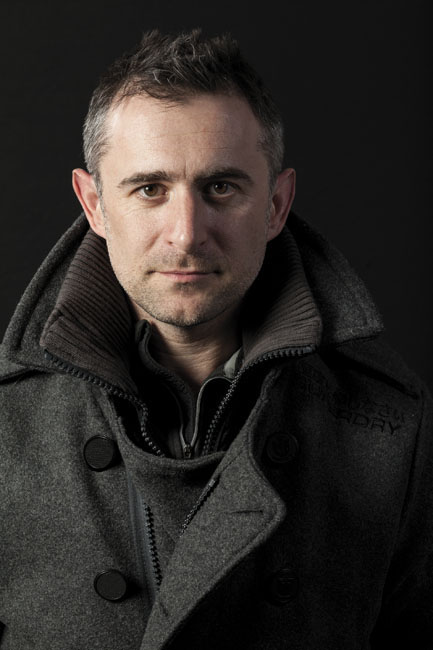Mark Thompson’s 5 Tips for Astrophotography

1. Try turning your DSLR skyward – a standard DSLR fitted to a normal tripod can capture some beautiful night-time shots. Try setting the ISO to about 200, the aperture to about f/5.6 and expose for about 30 minutes to capture beautiful star trails. Be sure to use a camera remote to fire the shutter and focus the lens on infinity.
2. Capture the Milky Way – on a dark moonless night try increasing the ISO to at least 1600, set the aperture as wide as you can and try 30-second exposures to capture pinpoint stars and the beauty of the Milky Way.
3. Boost focal length for beautiful moonscapes – to get great pictures of the Moon low on the horizon requires a lens with a focal length of at least 200 mm. Much shorter exposures can be used but try experimenting to find the best setting.
4. Turn your smartphone into a space cam – the high quality of smartphone cameras can be used in conjunction with even a modest telescope by placing its camera lens to the eyepiece to get close-ups of the Moon or planets.
5. Be adventurous with a DSLR – remove the eyepiece from your telescope and replace it with the body only of your DSLR. Attach it to the telescope to make the ultimate astronomy camera. If you have a telescope mount of the equatorial variety you can even try longer exposures of galaxies and star clusters.






